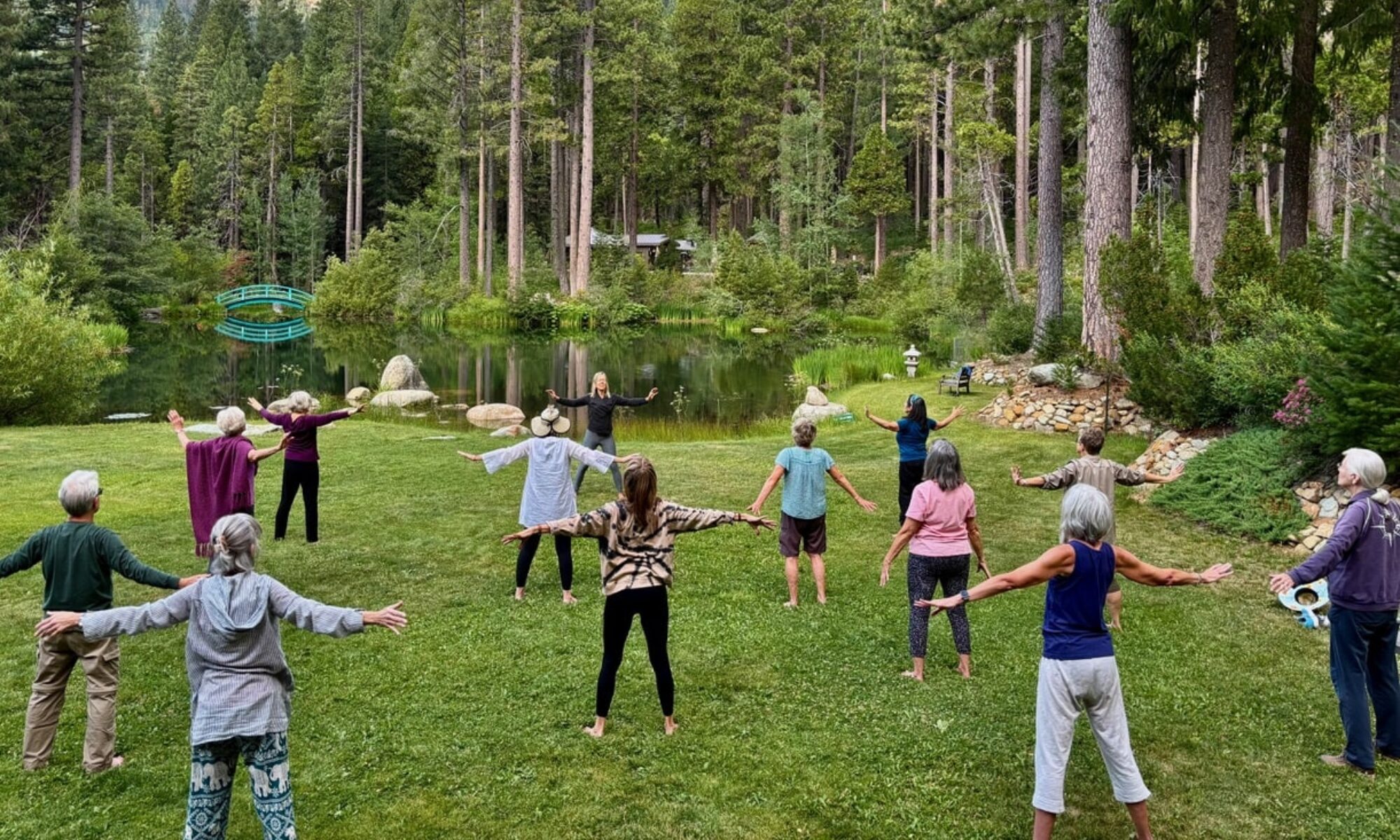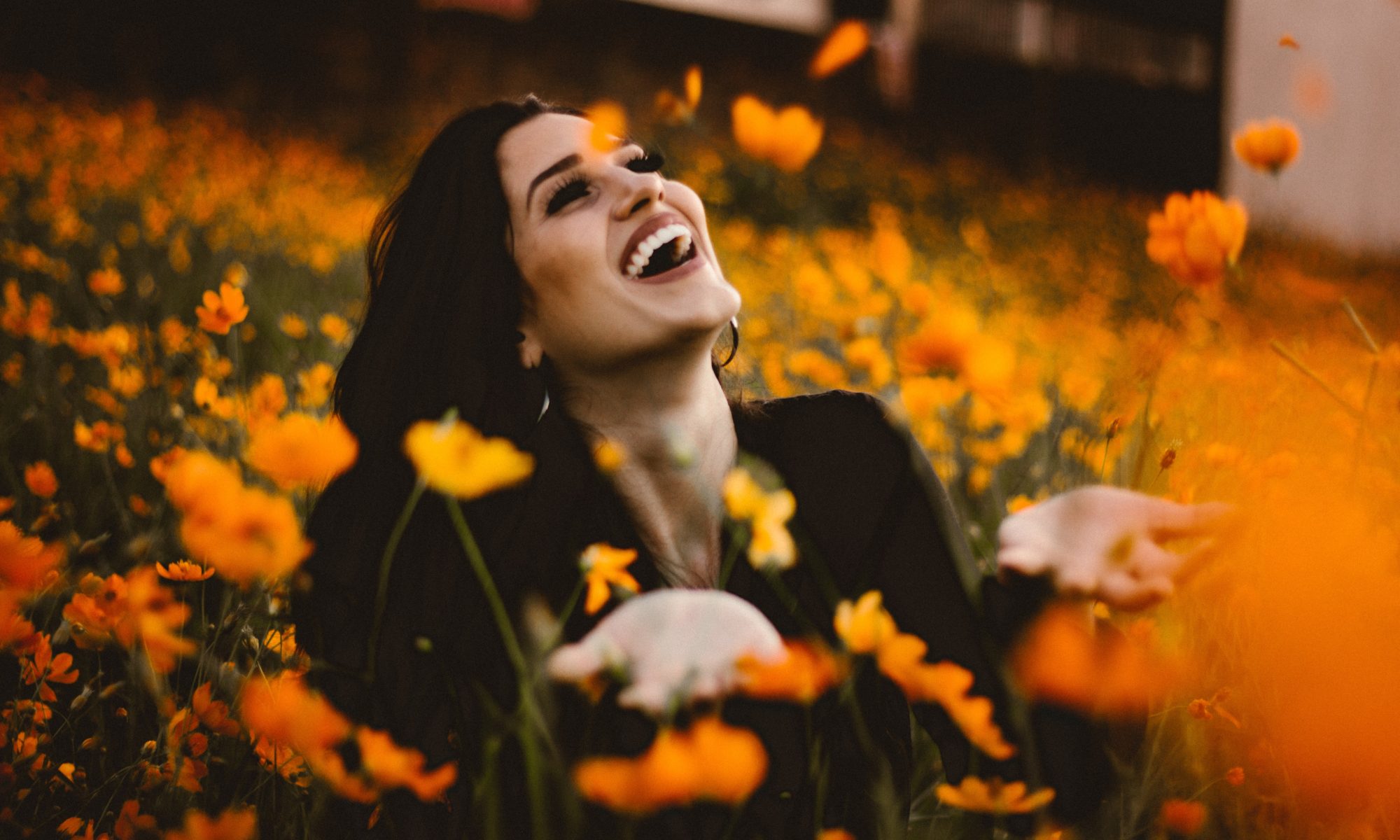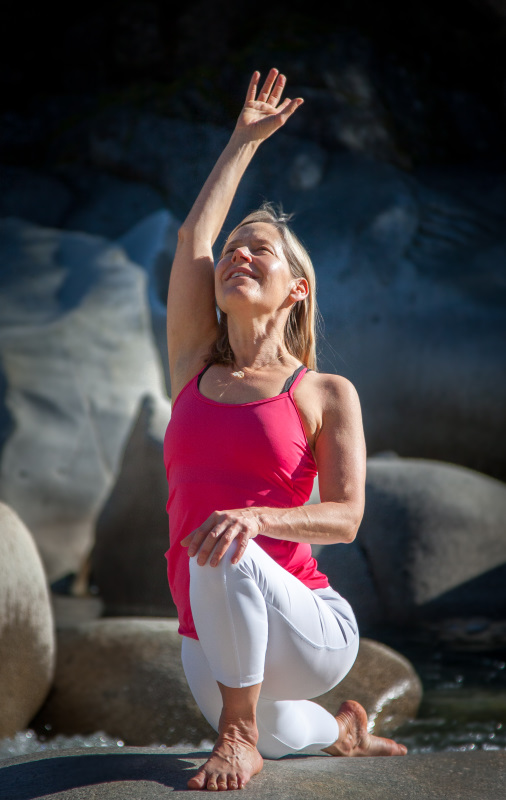Though the hottest part of summer may be over, the sun is still strong. If you are not able to dive into the ocean, or the mountain lakes that still contain snow islands, and you find yourself overheating during the day, you can always stop for a cool breath.
Yes, you read that right. While it is important to hydrate, a cool breath can help relieve the heat in your body. Try this, Sitali Breath:
Take a seat in the shade. Make sure your body is comfortably upright and you have a natural lumbar curve.
If you can curl your tongue into a tube, do so, and with the end of this tongue-tube protruding slightly over your lower lip, take in a breath.
If you cannot curl your tongue, then simply place the tip of your tongue on the back of your top teeth and gums at the roof of your mouth. Take a breath, inviting the air in over the surface of your tongue.
Your mouth functions like a swamp cooler~ as the air blows over the moist surface of your tongue, it cools. That cool air is drawn into the body.
After your first cooling breath, exhale slowly through your nostrils, inviting yourself to relax. Then, take another slow, cooling breath and another slow exhale through your nostrils. Keep going for a few minutes. Invite the cool air deep into the body to refresh and relax you. Then enjoy a cool glass of water or some delicious fruit. Tune into the tastes, sounds and other sensations and enjoy these moments of self-care.
Yoga practice can be incorporated into moments of our day. The root of the word yoga means to yoke together, unify. We learn skills and then we begin to invite the practices to infuse our daily lives until all of our moments are the practice.
When we awaken to present moments: pause to hear the birds in the trees, feel the air, slow our breath, we live truly, in the here and now. This present-moment living can help us to regulate our nervous and endocrine systems because we let go of the shadows of the past and the anxiety that may come with the unknowns of the future.
I have found myself adding little practices to my life lately. I have felt busier than usual with workshop and retreat opportunities arising, and the planning that comes with this. Something new! And while this is all very exciting, I can feel anxious about doing well. But if I stop, sit down, breathe, and feel the moment, I can shed some of this anxious energy. It’s like a breath of lemonade on a hot day…



